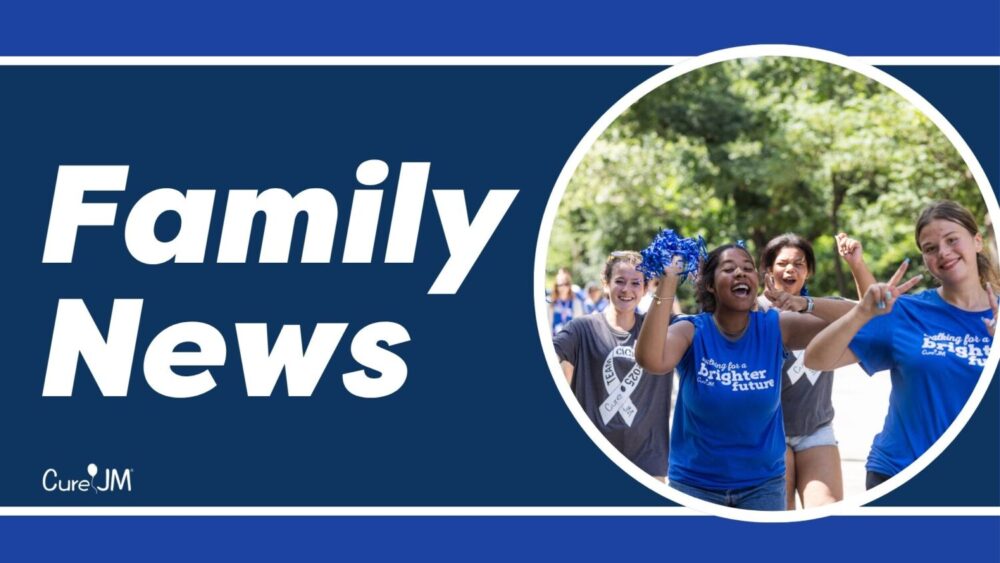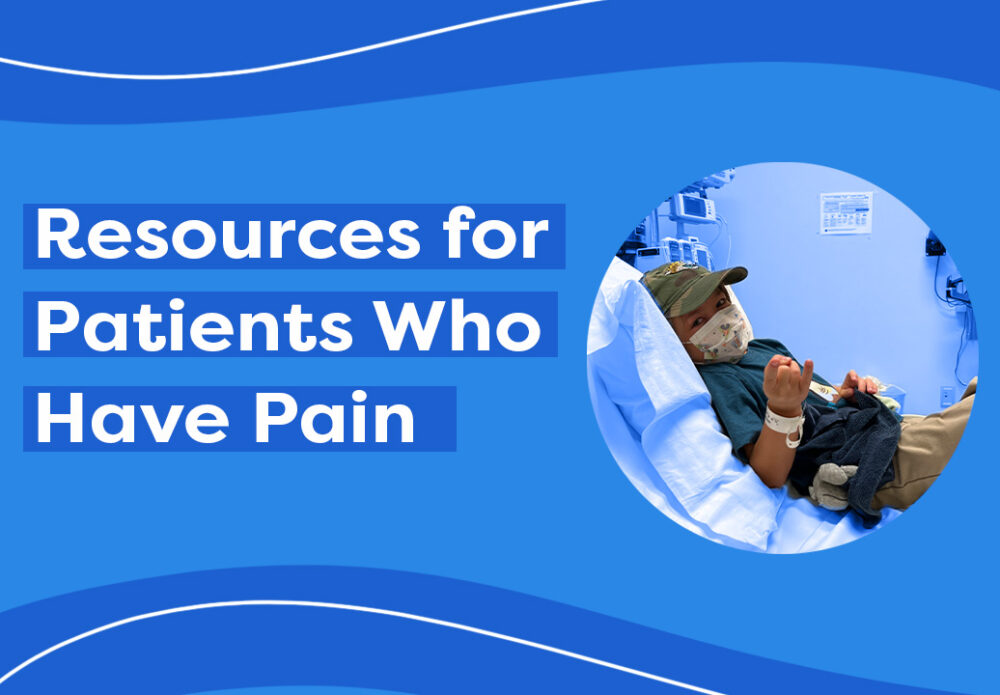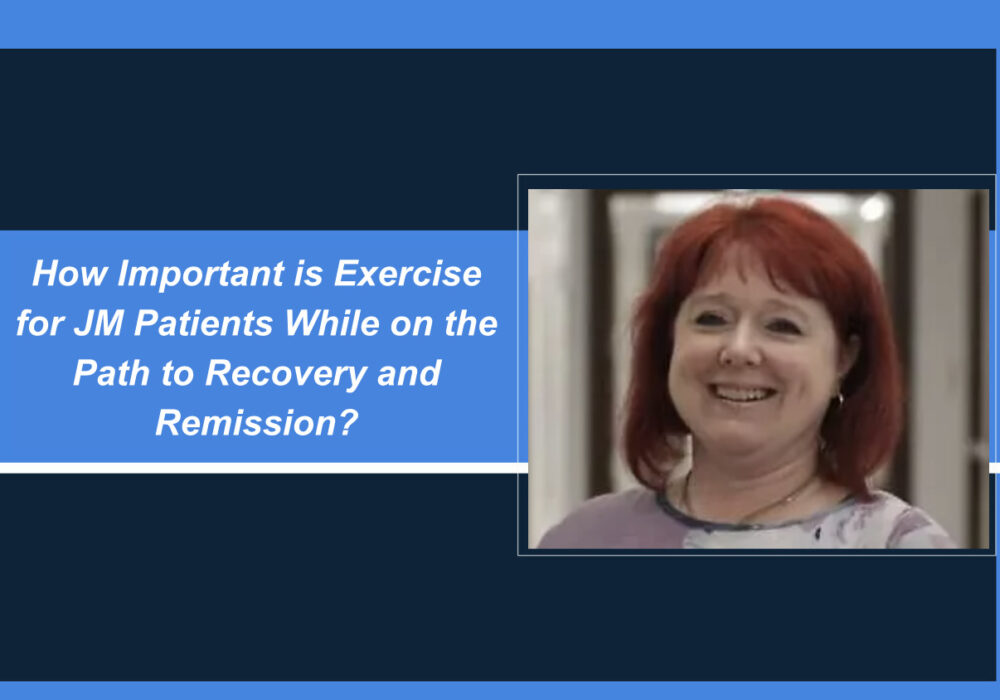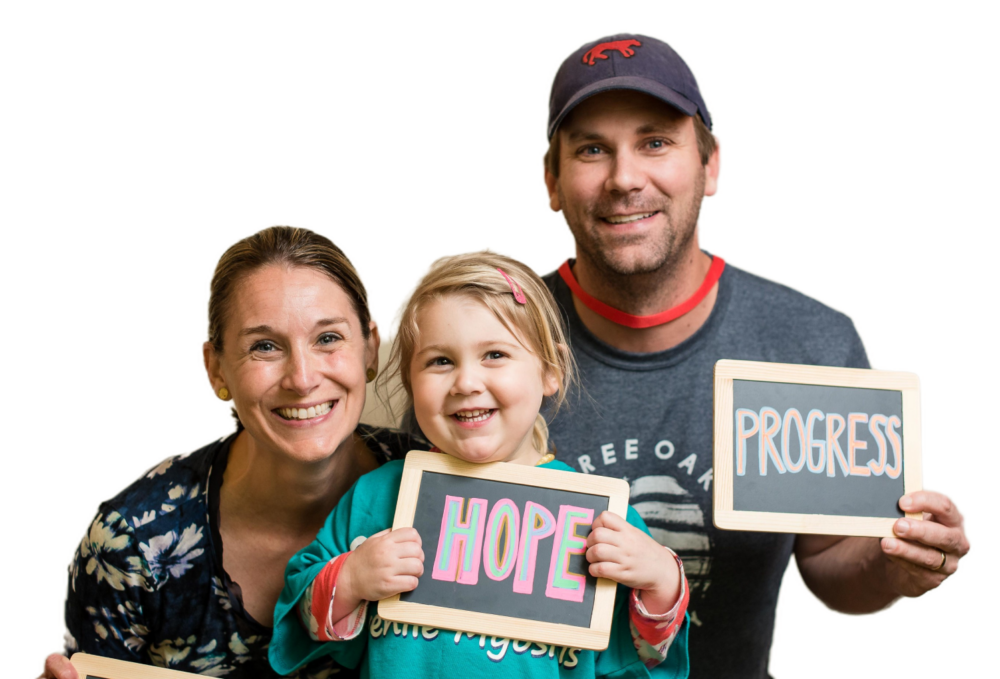The Cure JM Foundation produces a monthly newsletter with the latest news and updates about juvenile myositis. Please click below to read past issues of the Family News.
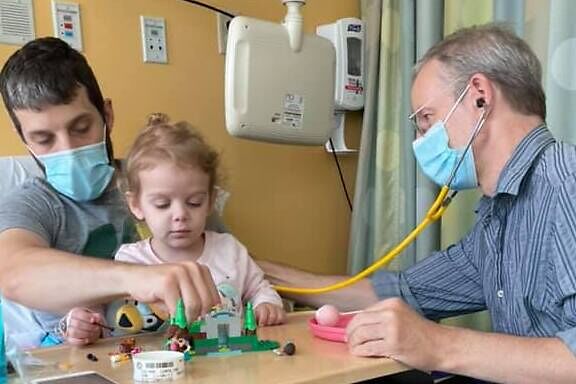
Treatment Plans for Juvenile Myositis
A treatment plan is based on many factors, including the severity and expression of the juvenile dermatomyositis (JDM). Each case is different and the symptoms can change over time.
